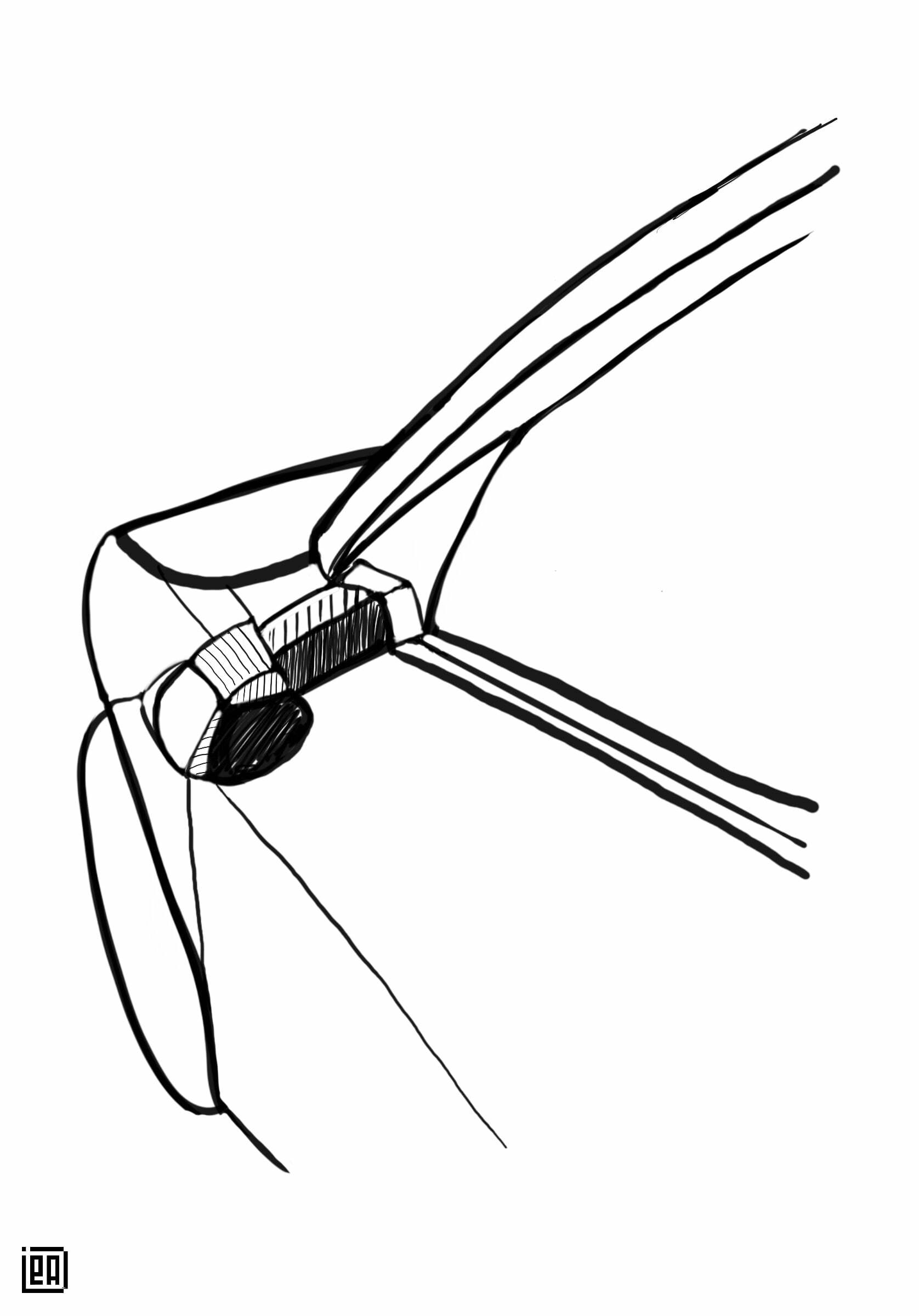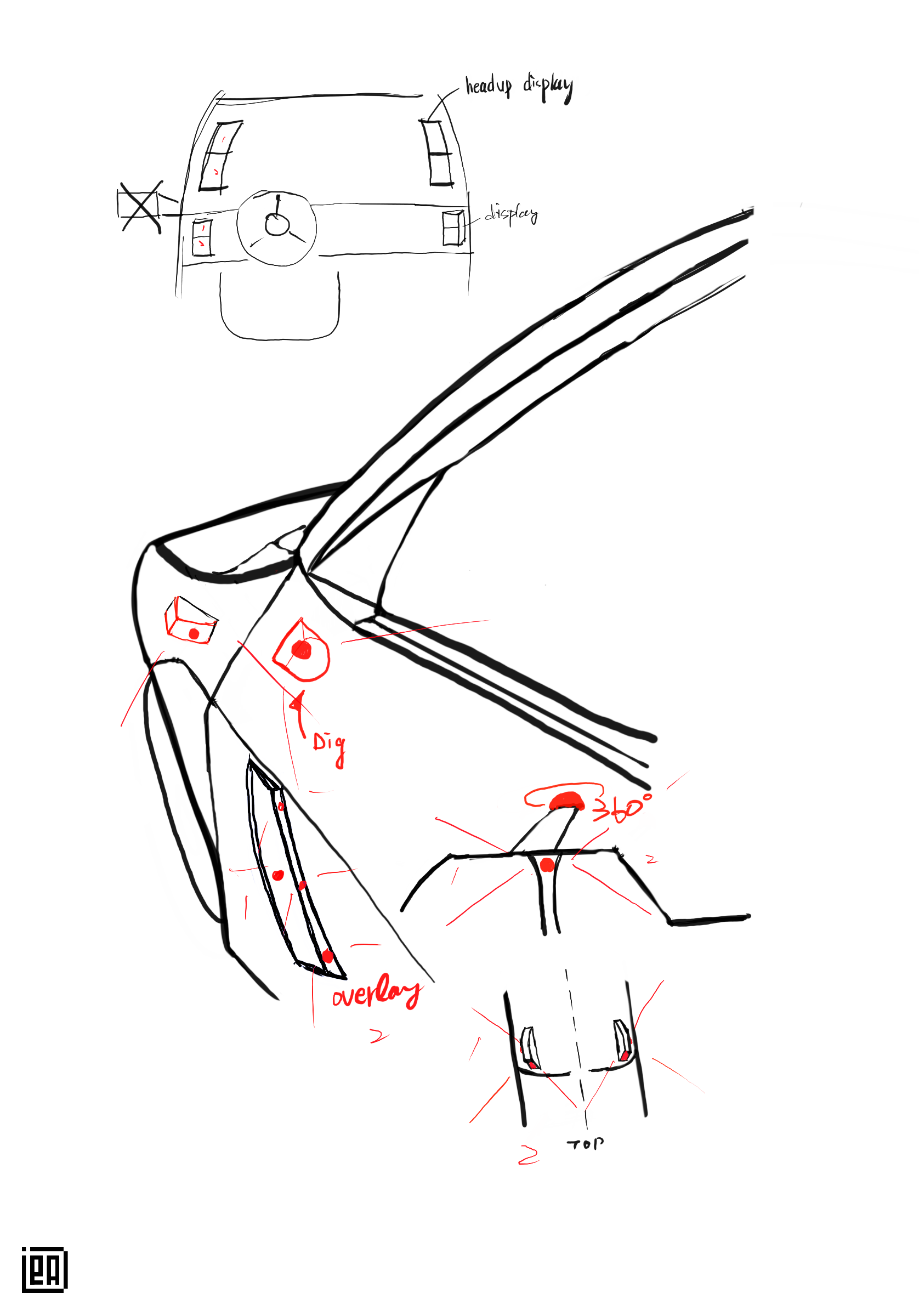The weird design of the electronic rear mirror to the improved concept of the electronic outer ring mirror

When I saw Audi’s new car, I found that their home adopts a new type of electronic rear mirror design.
The picture below shows the appearance of the electronic rear mirror after the design of the automotive industry on the traditional structure of the rear mirror.

Many car rear mirrors before the 1970s were installed on both sides of the car shell near the front lights. In the next few decades, the position near the A-pillar on the front door became the mainstream.
However, with the advancement of imaging technology, the current car dealers don’t know the reason, but simply change the traditional mirror surface directly to the camera lens, and use the trend to reduce the volume (the length remains the same).
However, since the framing is already done by the lens, this obligatory rear mirror is really unnecessary. Moreover, this kind of rear mirror also has dead spots. What’s more, because there is no need to swing the head significantly, it may cause the attention fatigue of driving and the possibility of superimposing the degree of danger.
Here are a few solutions to directly improve the external structure of the car body, and directly rename the electronic rear mirror to the electronic outer ring mirror (Electronic Surround View-cam, ESV).

The newly improved electronic panoramic road image can be used to dig holes to set up the lens at a position that does not affect the rigidity of the car door, or set up a camera bump on the fender, and even set up a 360-degree panoramic view on the roof of the car.
It should be particularly stated that the positions of these photographic lenses (red dots) have not been actually verified. Even though the past knowledge makes me think that the road image can be captured without blind spots, the verification by the engineer still prevails.
